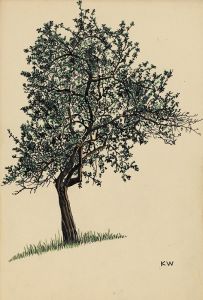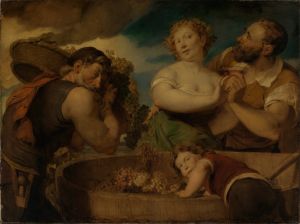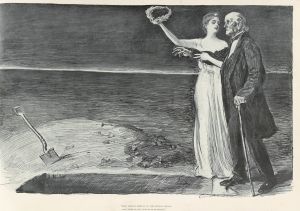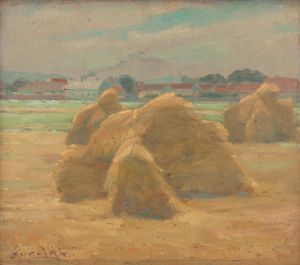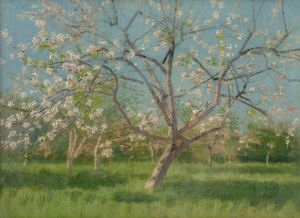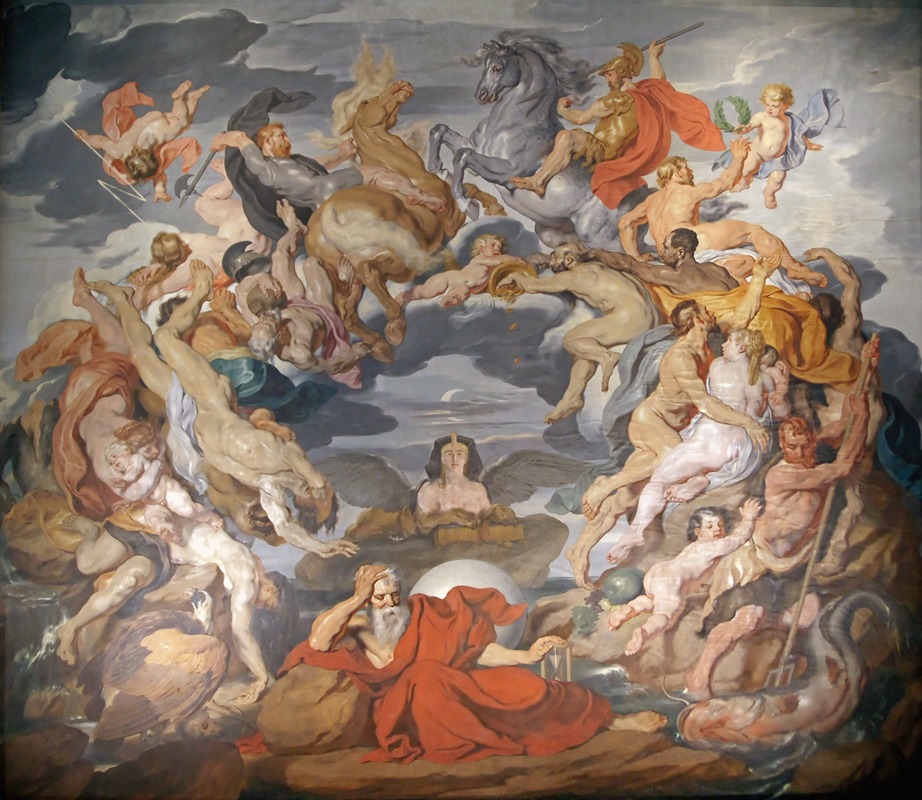
Circle of Life
A hand-painted replica of Hans Canon’s masterpiece Circle of Life, meticulously crafted by professional artists to capture the true essence of the original. Each piece is created with museum-quality canvas and rare mineral pigments, carefully painted by experienced artists with delicate brushstrokes and rich, layered colors to perfectly recreate the texture of the original artwork. Unlike machine-printed reproductions, this hand-painted version brings the painting to life, infused with the artist’s emotions and skill in every stroke. Whether for personal collection or home decoration, it instantly elevates the artistic atmosphere of any space.
Hans Canon, born Johann von Straatman (1829–1885), was an Austrian painter known for his historical and allegorical works. One of his notable paintings is "Circle of Life," which exemplifies his skill in capturing complex themes and human emotions through his art.
"Circle of Life" is an allegorical painting that delves into the stages of human existence, from birth to death. Canon's work is characterized by its detailed composition and the use of symbolism to convey deeper meanings. In this painting, he employs a variety of figures and scenes to represent different phases of life, creating a visual narrative that reflects the cyclical nature of human experience.
The painting is structured in a way that guides the viewer through the journey of life. Beginning with the depiction of infancy, Canon illustrates the innocence and potential of new life. This is followed by scenes of youth and adulthood, where individuals are shown engaging in various activities that signify growth, learning, and the pursuit of personal and professional goals. The vibrancy and dynamism of these stages are captured through the use of bright colors and energetic compositions.
As the viewer moves through the painting, the tone shifts to reflect the later stages of life. Middle age is portrayed with a sense of maturity and reflection, where the figures are often engaged in more contemplative or familial activities. Canon's attention to detail in the expressions and postures of his subjects adds depth to the portrayal of this stage, emphasizing the accumulation of wisdom and experience.
The final phase depicted in "Circle of Life" is old age and death. Here, Canon uses darker tones and more subdued compositions to convey the inevitability of life's end. The figures in this part of the painting are shown in moments of rest or in the presence of loved ones, highlighting themes of legacy and the continuity of life through future generations.
Canon's use of allegory in "Circle of Life" is further enhanced by his incorporation of various symbolic elements. For instance, the presence of natural motifs such as trees and flowers throughout the painting serves as a metaphor for growth, decay, and renewal. Additionally, the interplay of light and shadow in the composition underscores the contrasts between different life stages and the passage of time.
"Circle of Life" is a testament to Hans Canon's ability to blend technical skill with profound thematic content. The painting not only showcases his mastery of form and color but also invites viewers to reflect on the universal experiences that define the human condition. Through this work, Canon offers a poignant reminder of the beauty and transience of life, encouraging contemplation on the interconnectedness of all its stages.
The painting is part of Canon's broader oeuvre, which includes numerous other works that explore historical, mythological, and allegorical subjects. His contributions to the art world have been recognized for their depth and complexity, making him a significant figure in 19th-century Austrian art. "Circle of Life" remains a compelling example of his artistic vision and continues to be appreciated for its timeless exploration of life's journey.





